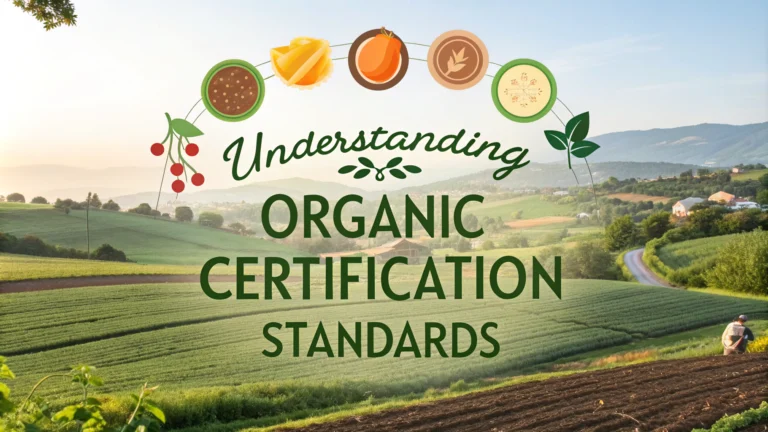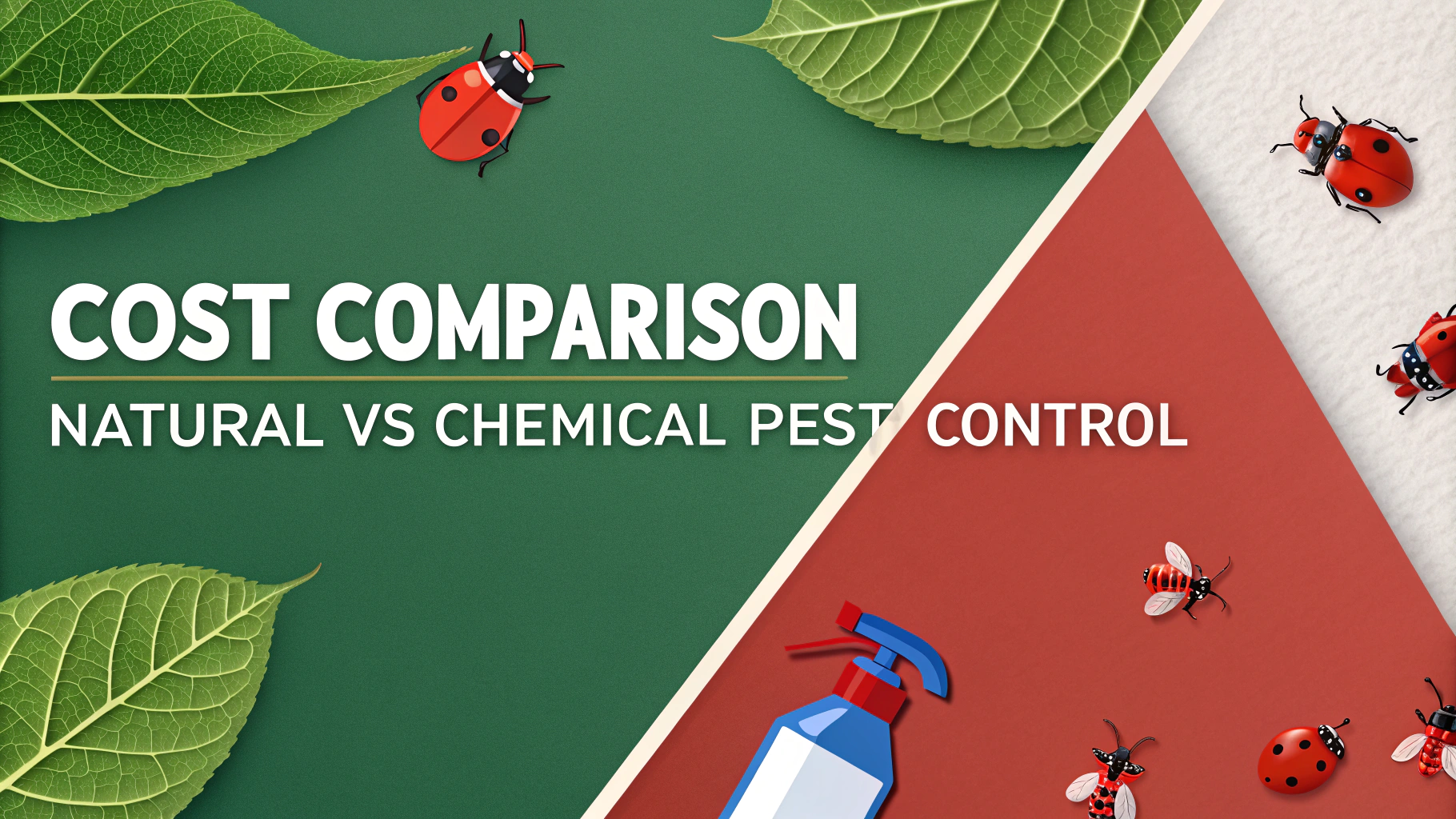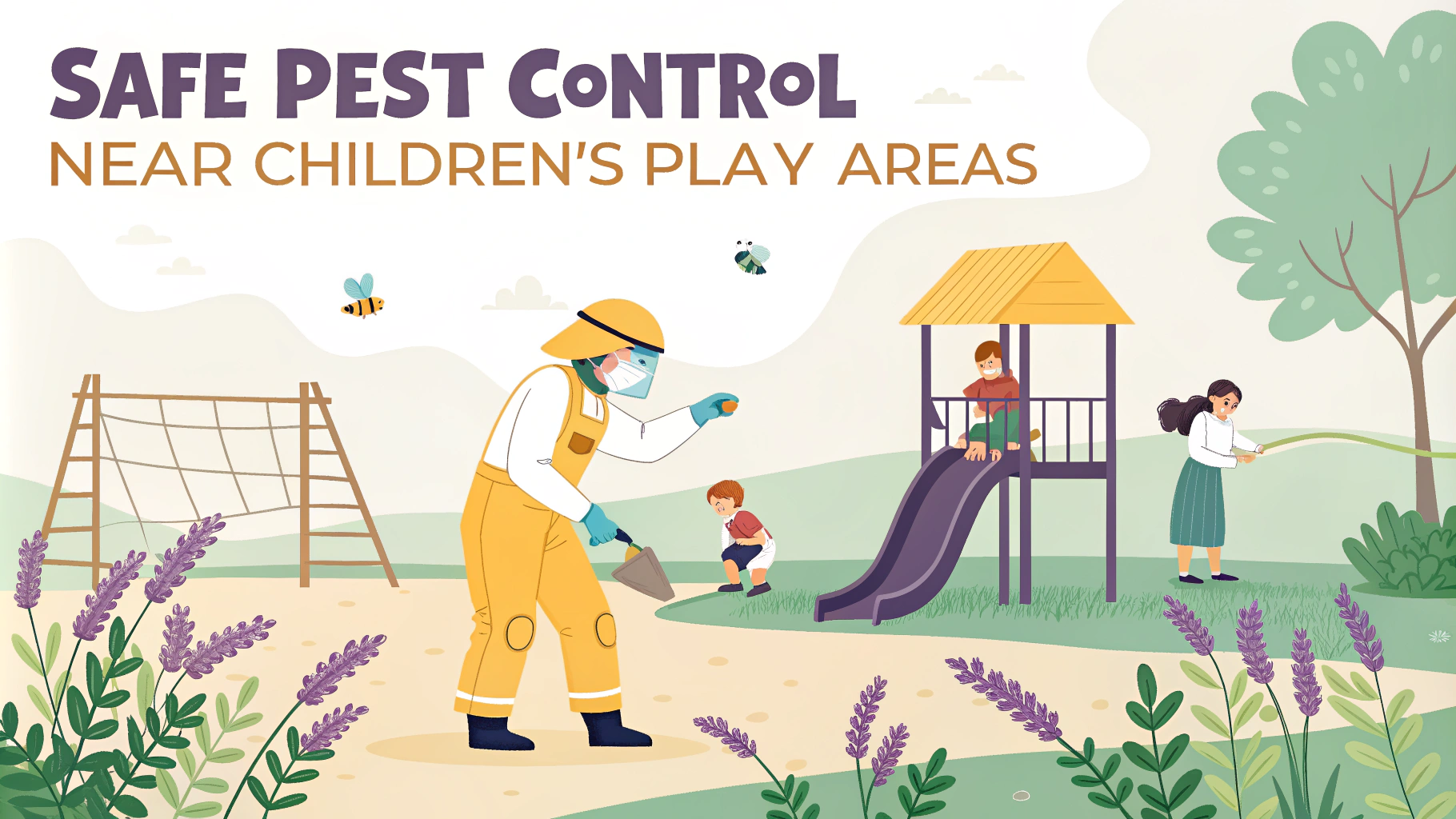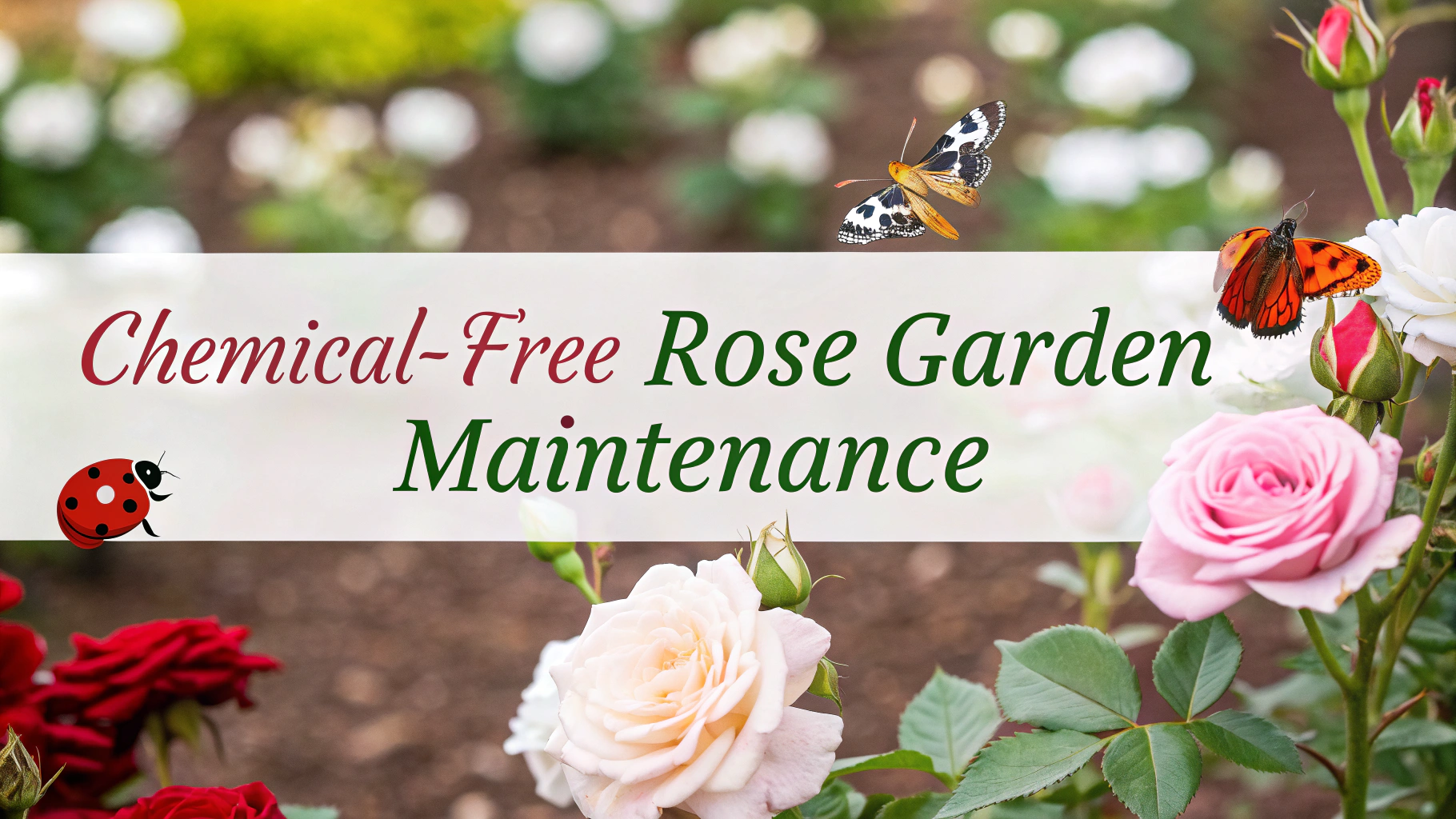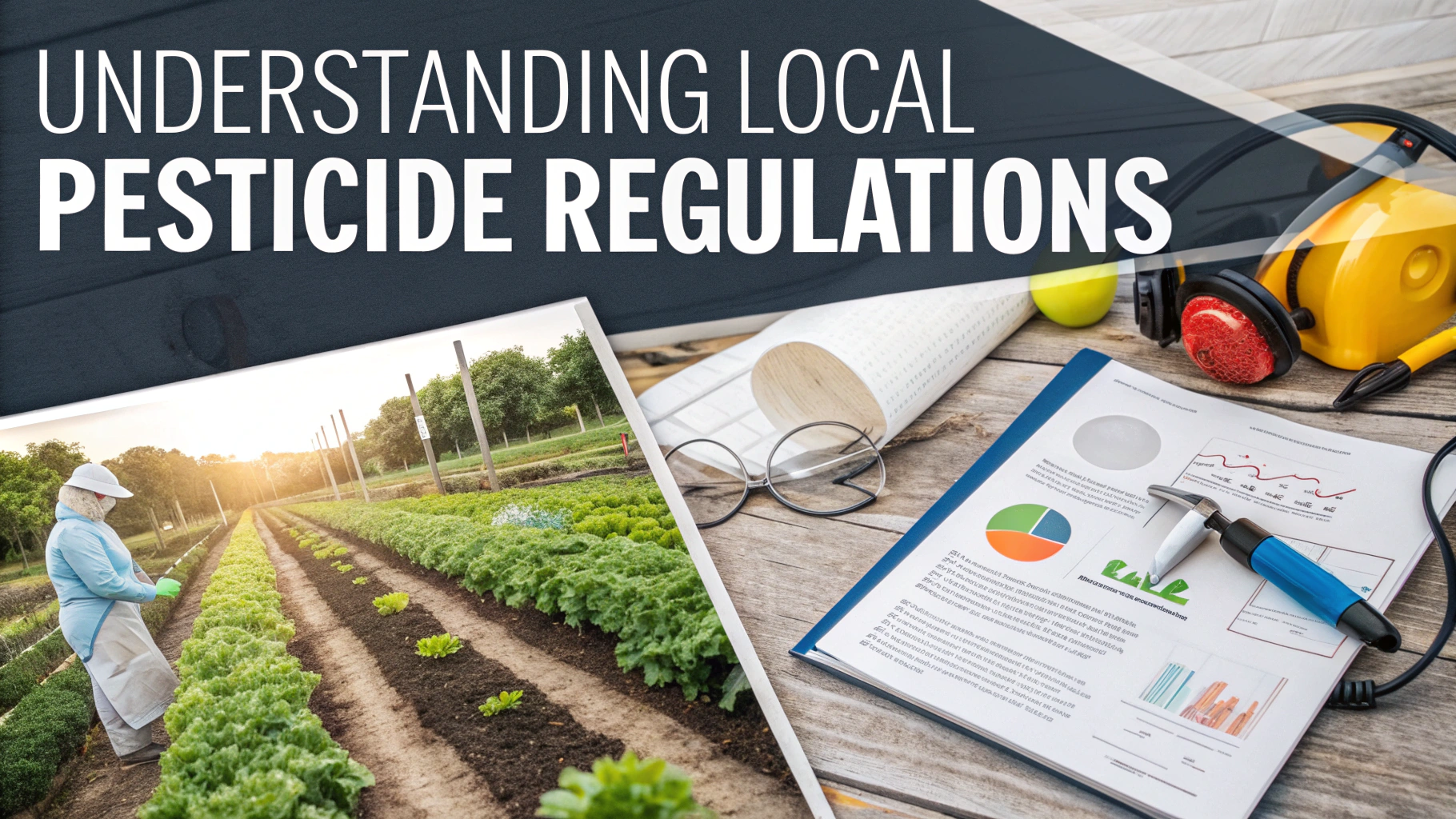Organic certification standards establish strict guidelines for food production without synthetic pesticides, ensuring products meet specific requirements for the “organic” label.
The USDA National Organic Program (NOP) oversees organic certification in the United States, working with third-party certifiers to inspect and verify compliance.
Key Requirements for Organic Certification
- Land must be free from prohibited substances for 3+ years
- No synthetic fertilizers or pesticides allowed
- No GMOs or irradiation
- Animals must have outdoor access and organic feed
- Regular inspections and documentation required
Approved Natural Pest Control Methods
- Beneficial insects (ladybugs, praying mantis)
- Neem oil and other botanical extracts
- Crop rotation and companion planting
- Physical barriers (row covers, netting)
- Biological controls (Bacillus thuringiensis)
The certification process typically takes 3-6 months and requires detailed recordkeeping of all farming practices.
Cost Breakdown for Certification
| Service | Estimated Cost |
|---|---|
| Application Fee | $200-$1,200 |
| Annual Inspection | $400-$2,000 |
| Annual Certification Fee | $300-$3,000 |
Steps to Achieve Certification
- Submit organic system plan
- Complete application with certifying agent
- Schedule and complete inspection
- Review inspection report
- Receive certification decision
Small farms earning less than $5,000 annually may qualify for organic certification exemption while still following organic practices.
Contact Information for Certification
USDA National Organic Program: Official Website | Phone: (202) 720-3252
Common Certification Mistakes to Avoid
- Incomplete documentation of inputs and practices
- Using non-approved substances
- Poor record-keeping systems
- Missing renewal deadlines
- Insufficient buffer zones between organic and conventional fields
Farmers can access technical assistance through their state’s organic farming associations or extension services for guidance during the certification process.
Resources for Additional Support
Production Requirements and Standards
- Soil management through natural methods only
- Water conservation practices must be implemented
- Seeds must be organic when commercially available
- Clear boundaries between organic and non-organic areas
- Detailed audit trail from field to market
Annual Renewal Process
Certification must be renewed annually with updated documentation and inspection. Changes to organic system plans require immediate notification to certifying agents.
Required Annual Updates
- Previous year’s production records
- Updated field maps and crop rotations
- New input materials for approval
- Sales and transaction records
- Updated pest management strategies
International Organic Trade
USDA organic certification enables access to international markets through equivalency arrangements with:
- European Union
- Canada
- Japan
- South Korea
- Switzerland
Conclusion
Organic certification, while requiring significant investment and commitment, provides farmers with market access advantages and premium pricing opportunities. Success depends on thorough preparation, consistent documentation, and strict adherence to organic standards.
Farmers considering certification should:
- Carefully evaluate costs versus potential returns
- Develop robust record-keeping systems
- Build relationships with experienced organic producers
- Consider starting with a small certified portion
- Utilize available technical assistance resources
FAQs
- What are the basic requirements for organic certification?
Organic certification requires farms to avoid synthetic pesticides, GMOs, and artificial fertilizers for at least 3 years before certification. They must maintain detailed records, use only approved substances, and undergo annual inspections. - How long does it take to get organic certification?
The certification process typically takes 8-12 weeks once an application is submitted. However, the land must have been free from prohibited substances for 36 months prior to certification. - What pesticides are allowed in organic farming?
Organic farming allows natural pesticides derived from plants, bacteria, or minerals, such as neem oil, pyrethrin, copper sulfate, and Bacillus thuringiensis (Bt). All substances must be approved by certification bodies. - How often do organic farms need to be recertified?
Organic farms must be recertified annually, including an on-site inspection and review of farming practices, records, and documentation to ensure continued compliance with organic standards. - What’s the difference between “100% Organic” and “Organic” labels?
“100% Organic” products must contain only organic ingredients, while “Organic” products must contain at least 95% organic ingredients, with the remaining 5% coming from approved non-organic substances. - Are there different organic certification standards worldwide?
Yes, different countries and regions have their own organic standards. Major standards include USDA Organic (United States), EU Organic (European Union), and JAS (Japan), though many share similar core principles. - What records must organic farmers maintain for certification?
Farmers must keep detailed records of seed sources, field histories, pest control methods, harvest dates, sales records, and documentation of inputs used in production, including receipts and application logs. - How much does organic certification cost?
Certification costs vary by farm size and certifying agency but typically range from $400 to $2,000 annually, plus inspection fees. Some governments offer cost-share programs to offset these expenses. - What happens if prohibited substances accidentally contaminate an organic farm?
If prohibited substances are detected, certification bodies investigate the source. Depending on the circumstances, affected areas may lose certification temporarily and require a new three-year transition period. - Can organic farms use composted animal manure?
Yes, organic farms can use composted animal manure, but it must be properly composted at specific temperatures for a designated period. Raw manure has strict application timing requirements relative to harvest dates.
